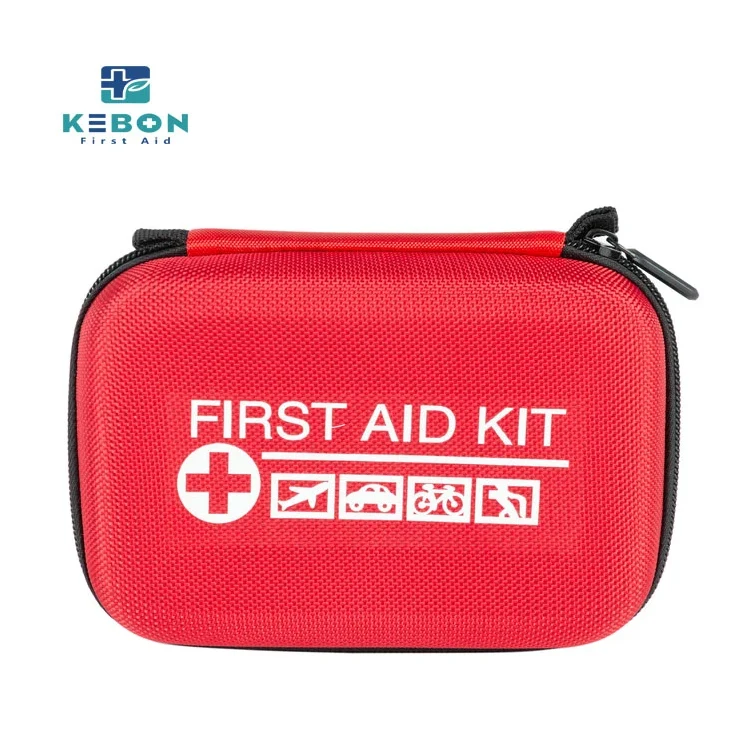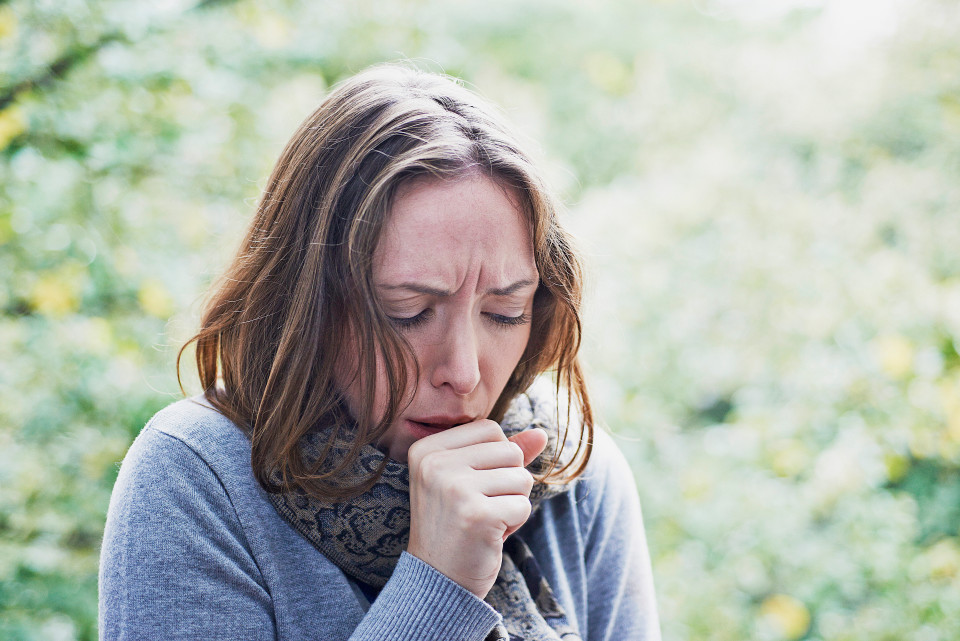How many items should a first aid kit contain?
2025-06-05
Whether it is at home, in the office, or in a factory workshop, a first aid kit is a very important but often overlooked existence. We all know that it can "save lives at critical moments", but when it is really needed, it is found that it is missing something. How many items should a standard first aid kit contain? What do you need to prepare to be complete? Today we will talk about this practical and necessary topic.
The more first aid kits, the better. The key is "enough"
First of all, it should be noted that the more items in the first aid kit, the better. A truly practical first aid kit should be prepared according to the usage scenario and the emergency situations that may be faced. For example, in homes and offices, it may mainly deal with some common minor problems such as cuts, abrasions, mild burns, colds and fevers. On construction sites or outdoor working environments, it is also necessary to expand the configuration for risks such as severe trauma, heat stroke, and fractures.
Therefore, a reasonable first aid kit does not have to be large, but it must be "enough", "practical", and "easy to take".

Basic first aid item list reference
Generally speaking, a regular first aid kit should contain at least the following items:
1. Hemostasis and bandaging: bandages, gauze, Band-Aids, tape, tourniquets. These are the most commonly used items when dealing with cuts, abrasions or bleeding wounds.
2. Disinfection supplies: iodine cotton swabs, alcohol cotton pads, hydrogen peroxide or disinfectant spray, used to clean wounds and prevent infection.
3. Auxiliary tools: scissors, tweezers, disposable gloves, safety pins, small flashlights, etc., to facilitate the handling of foreign objects, cutting open clothing or lighting.
4. Basic medicines: common emergency medicines such as cold medicine, antipyretic medicine, painkillers, motion sickness medicine, anti-allergic medicine, etc.
5. Special situation treatment supplies: burn dressings, ice packs, eye drops, masks, etc., depending on the specific environment and population needs.
6. Emergency Guide and Emergency Contact Information: A simple first aid instruction manual or emergency contact list can sometimes be more useful than medicines at critical moments.
If you are in school, factory, or outdoor work area, it is also recommended to have more professional first aid equipment such as CPR masks, triangular bandages, and splints.
How often should you check? Don't let the first aid kit "expire"
First aid kits are not disposable items. The medicines and dressings in them have a shelf life. It is recommended to check the contents of the first aid kit every three to six months, replenish the used ones, replace the expired ones, keep them clean, and clearly classify them so that people can find what they need in the first time when they need them.
Conclusion: Don't pay attention to the first aid kit until you use it
The existence of the first aid kit is often overlooked in normal times, but it can play a big role in emergencies. It does not need to be filled with a lot of items, but should be "prepared for any eventuality" according to the actual situation. If you haven't prepared a reasonable first aid kit yet, or the box at home has not been opened for a long time, then now is a good time to check and fill it up.
Health and safety never rely on luck, but on preparation. A suitable first aid kit is the most basic safety guarantee for yourself and your family.
If your company, organization or factory needs a customized first aid kit solution, we can also provide professional advice and product configuration support. Please feel free to contact us.
























